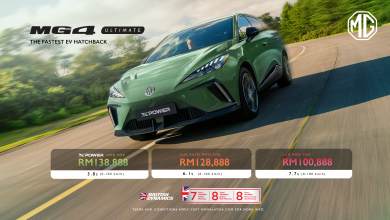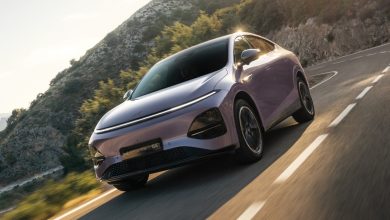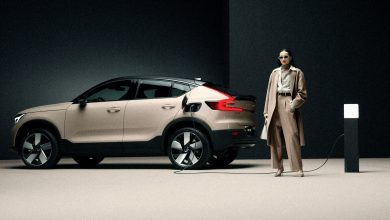A Toyota GR Yaris Has Already Been Written Off In Japan
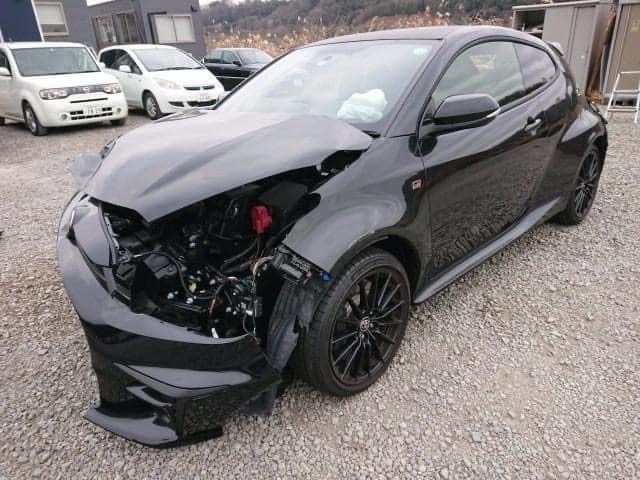
This also inadvertently means that there are now only 24,998 of these GR Yaris on the road.
Barely after four months since the debut of the Toyota GR Yaris in its home market of Japan, news has recently surfaced regarding one particular black example of these Japanese hot hatches having been involved in a rather massive accident over there.
Though there has yet to be any official word regarding the cause or aftermath of the accident, pictures shared by M9 Auto reveals that this particular rally car for the road has sustained damage to both the front and the rear, with the rear of this vehicle looking to have fared particularly bad from the crash.

Looking more closely at the back of this particular GR Yaris, the tailgate seemed to have bore the brunt of the rear end damage sustained during the crash. Then again, the swollen rear bumper is no worse for wear in the aftermath of this incident. Pictures of its underside too show that the twin circular tailpipes and exhaust back box have been bent out of shape as a result of the collision.
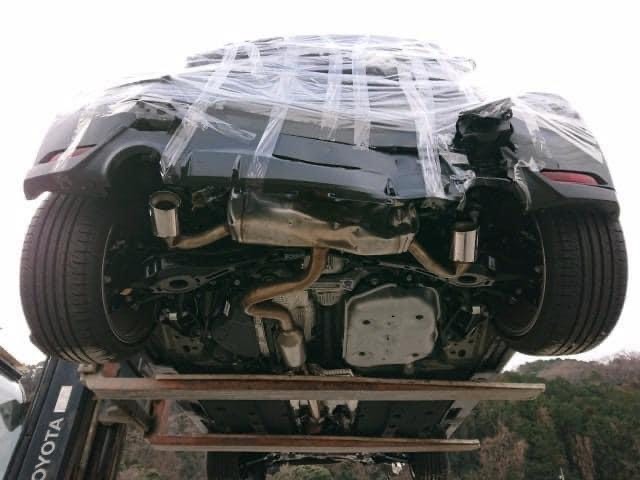
Up front meanwhile, the front right of the car looks to have sustained heavier damage than that of the front left corner. A closer inspection underneath further confirms the initial observation, as the front right crash structure has completely mangled, taking with it too bottom corner of the radiator.
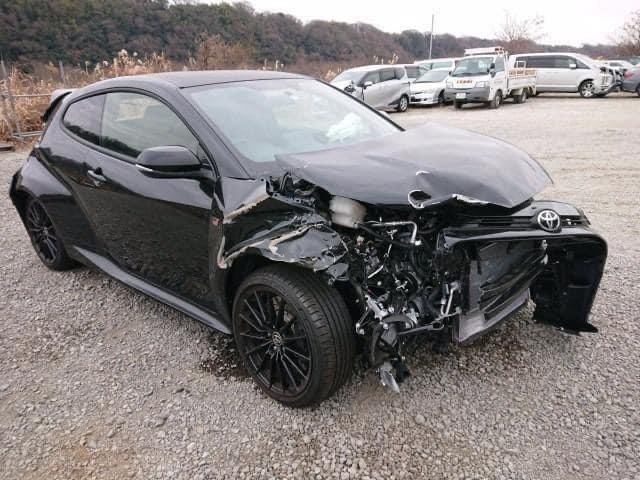
As for the rest of the engine though, judging from the pictures at least, it looks as if the highly-tuned turbocharged three-pot may have came out of this accident unscathed. Which is a relief considering that this particular GR Yaris is has barely even been broken in yet, only showing 1,048 km on the odometer.


In fact, there are still quite a lot of undamaged parts from this wrecked car, not least of which are both the doors and, amazingly, even the wheels on each corner looks to be relatively pristine. On the inside too, despite the airbags having been deployed, the rest of the interior looks to be as fresh as the day it rolled off the Toyota’s Motomachi plant just a couple of months ago.

Speaking of its production however leads to the sad fact that there will now only be 24,999 of these limited-run WRC homologation specials to ever exist. Actually, the eventual number of GR Yaris on the road might technically be 24,998, as there were also reports a red one that was written-off during a test drive in Australia a few months ago.
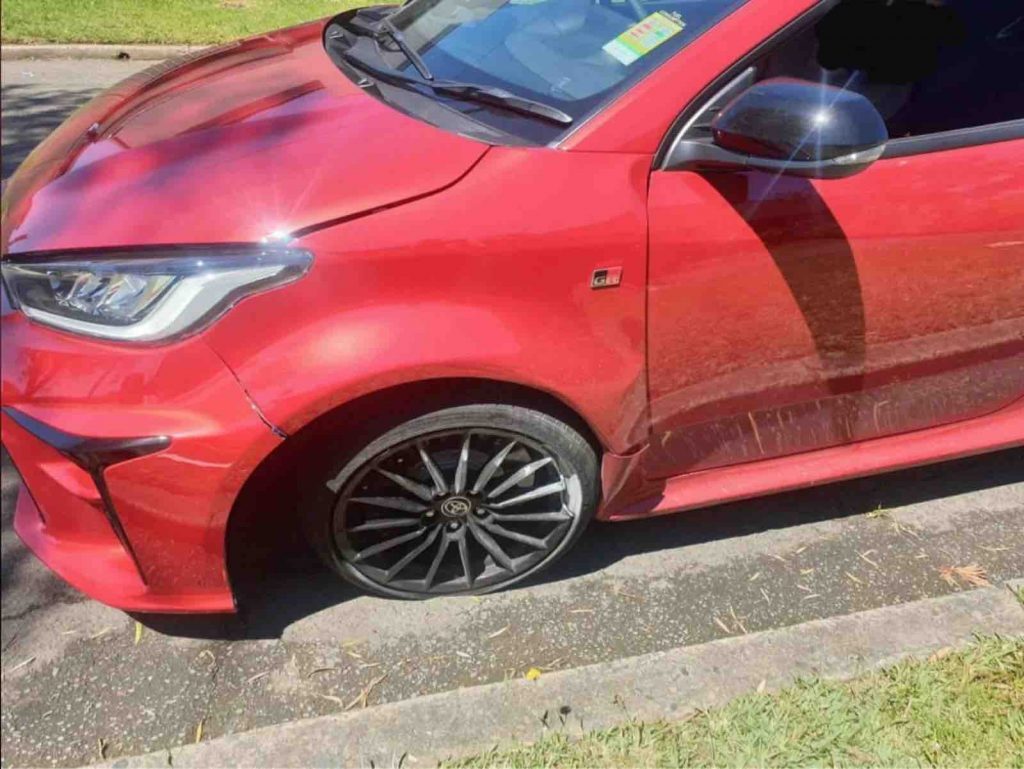
Nevertheless, while it is certainly sad to see another GR Yaris biting the dust; one man’s trash is certainly another man’s treasure, and there is no doubt that there are already many aspirational engineers out there that are already scheming on what to do with the parts that could be scavenged from this halo hot hatch.
And to those who are hankering after one of these pint-sized pocket rockets over here in its brand new as-yet-uncrashed form, there might just still be a few more units available at the local GR Garages. Currently retailing for RM 286,896 (including sales tax exemption), these officially imported GR Yaris models to arrive here will be the top-spec Performance Pack Edition, and each will feature special license plates to further cement its special status.





